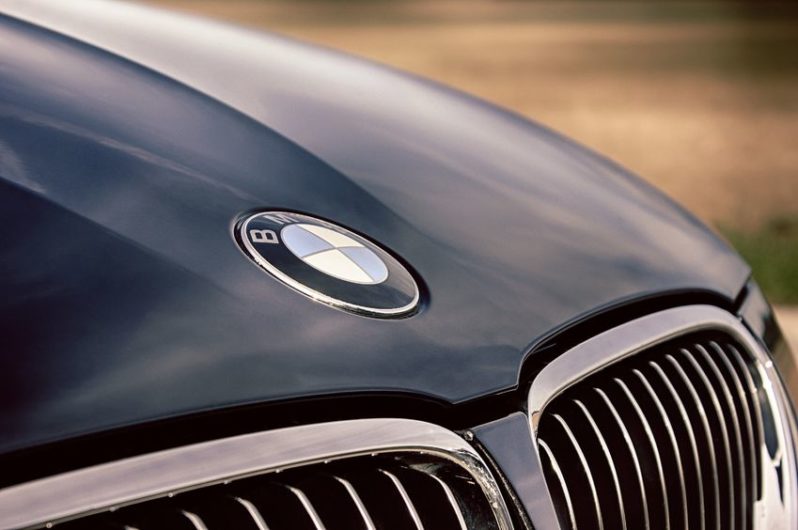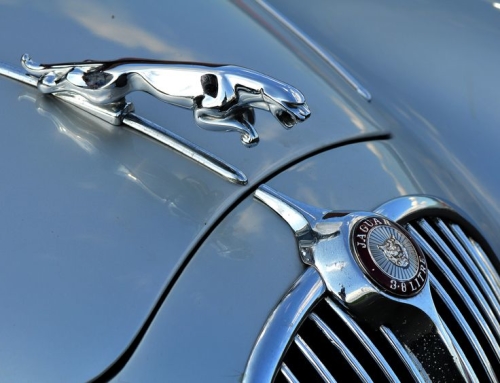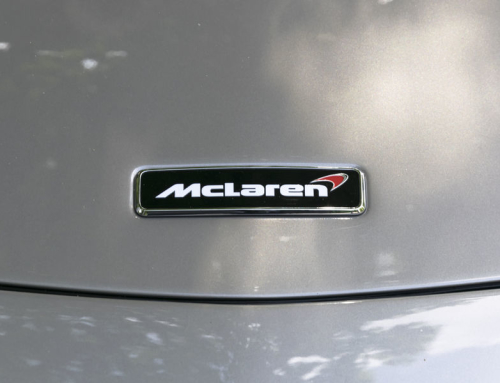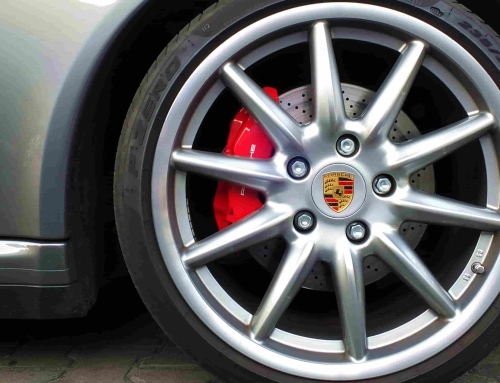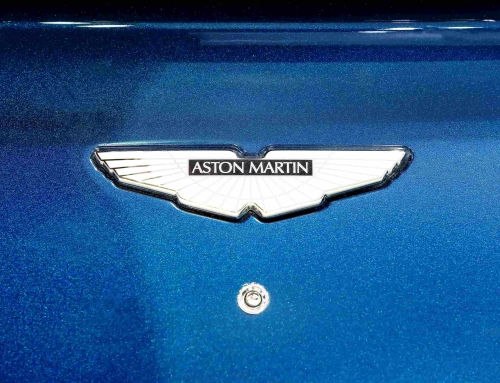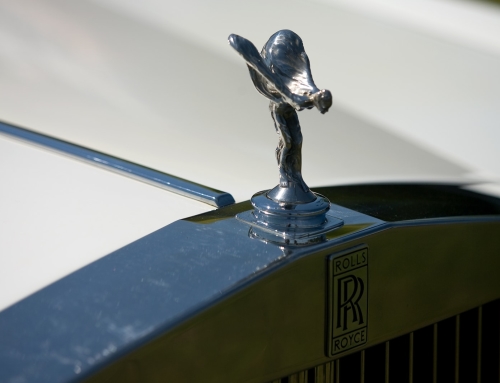BMW initially came about through the combination of three different manufacturing companies to make the public limited company Bayerische Motorenwerke (BMW). It was in 1918 that Rapp Motorenwerke was restructured and rebranded as BMW after merging with Bayerische Flugzeugwerke. The third company to make the new venture was Fahrzeugfabrik Eisenach.
- Rapp Motorenwerke
This company was founded by Karl Friedrich Rapp in 1913 and made aircraft engines in Germany, however with the onset of the First World War the company soon ran into difficulty. The only thing that saved it was the unexpected order of 600 aircraft engines by the Prussian army. Almost overnight the company had gone from the brink of collapse to making a significant contribution to the war armaments. Without this order the company was facing collapse and soon after Karl Rapp was removed from the company hierarchy. The subsequent restructuring resulted in the change of company name to Bayerische Motorenwerke GmbH and the use of the moniker BMW. It was the revenue generated from the war armaments that allowed the company to go on to acquire Bayerische Flugzeugwerke.
- Bayerische Flugzeugwerke
Unlike Rapp Motorenwerke, Flugmaschinenfabrik also founded by aviator Gustav Otto in 1913 was not contracted to produce armaments to the Prussian military machine. Instead their products seemed to suffer from certain unnamed production flaws. The company suffered cash flow problems and was eventually closed in 1918 when it was merged with Bayerische Motorenwerke GmbH.
- Fahrzeugfabrik Eisenach
This entity was launched in 1896 as a stock company and originally manufactured bicycles but soon after they began to set their sights on other targets and became the third German-founded automobile manufacturer after Daimler Motoren Gesellschaft and Benz & Cie. With the acquisition of this company BMW successfully changed from aircraft engine manufacturer to the automobile manufacturing.
It was in 1917 that the first BMW logo was created using the Bavarian state colours blue and white. Inevitably the logo went through many reinventions throughout the years but has always maintained its original elements such as the blue and white colours of Bavaria. It is widely believed that the colours that make a circle are supposed to represent the rotating propellers of an aircraft. However the BMW logo was a reimagining of Karl Rapp’s logo for Rapp Motorenwerke. Even the letters BMW along the top are similarly arranged.
Two years after the end of the war in 1920 it was the Italian-Austrian investor Camilo Castiglioni who gave BMW a fresh cash injection. Castiglioni had a passion for aviation and as the wealthiest man in Central Europe at the time he was in a position to offer not only financial support but also the wisdom of his experience. Castiglioni is often credited with giving the advice that BMW needed in those early years and that served them well in becoming a successful manufacturer of automobiles for the civilian consumer market.
1922 saw BMW move their production headquarters Oberwiesenfeld Airfield near Munich. This new location became the main production plant for the entire BMW group and these days the plant employs over 9,000 workers and produces over 200,000 cars every year.
1923 saw BMW as a company strong enough to shift its focus and expand its production interests from aircraft engines to motorcycles. This was a major landmark for the company since it was graduating from simply making engines for aircraft and automobiles to making entire vehicles and able to design a body that would complement and work together seamlessly with the engine. The R32 was the first motorcycle announced by BMW and its design was so efficient that it is still used in motorcycles designed and manufactured today.
It would not be until 1932 that BMW would manufacture an automobile of its own design, preferring instead to use designs borrowed from other manufacturers. For the automobile production BMW also opted to continue using the plant Fahzeugfabrik Eisenach had used in Central Germany.
Before long the Second World War had arrived and with it came another change to BMW production as they began manufacturing materials for the German war machine. Following the Nazi invasion of Poland production plants came under the direct control of the government and so BMW became solely interested in making aircraft and motorcycles for the German military.
With the war German men who would have been working in the production plants were drafted into the military. Taking their place in the factories were prisoners of war from Eastern Europe and labourers from Western Europe. They were forced to work alongside prisoners from Nazi concentration camps to continue production for the German war machine. Working conditions are deemed inhumane by today’s standards and BMW has publicly expressed regret over the treatment and ultimate fate of their workers during this part of their history.
Following the capitulation of the German army BMW submitted to Allied control and allowed the break-up of its production plants. In an effort to keep the company going BMW resorted to manufacturing pots and pans until 1949 when they were allowed to resume production of automobiles and motorcycles.
The 501 was the first new automobile BMW produced since the start of the Second World War. Although the luxury car failed to make an impact it did help to re-establish the company as a producer of luxury cars that were also technologically advanced.
Throughout the 1960s and 1970s BMW focussed on expansion and building their business model. Part of this was to establish sales outlets throughout the rest of the world. The first arrived in France in 1973 and soon after BMW sales offices began to mushroom across the world.
In 1994 BMW purchased the Rover Group. With brands such as Land Rover, MG and Mini as part of its history BMW had high hopes for the Rover Group but was ultimately unable to bring about a change in its fortunes. In 2000 BMW sold the group but kept hold of the Mini. This was a canny move since the Mini has now become a success once more.
In 2002 BMW concluded the outright ownership of Rolls Royce and a new plant was opened in 2003 in Goodwood, England.
Today BMW continues to cement its reputation as a manufacturer determined to bring luxury to the masses along with technological achievement whilst always striving for perfection.

